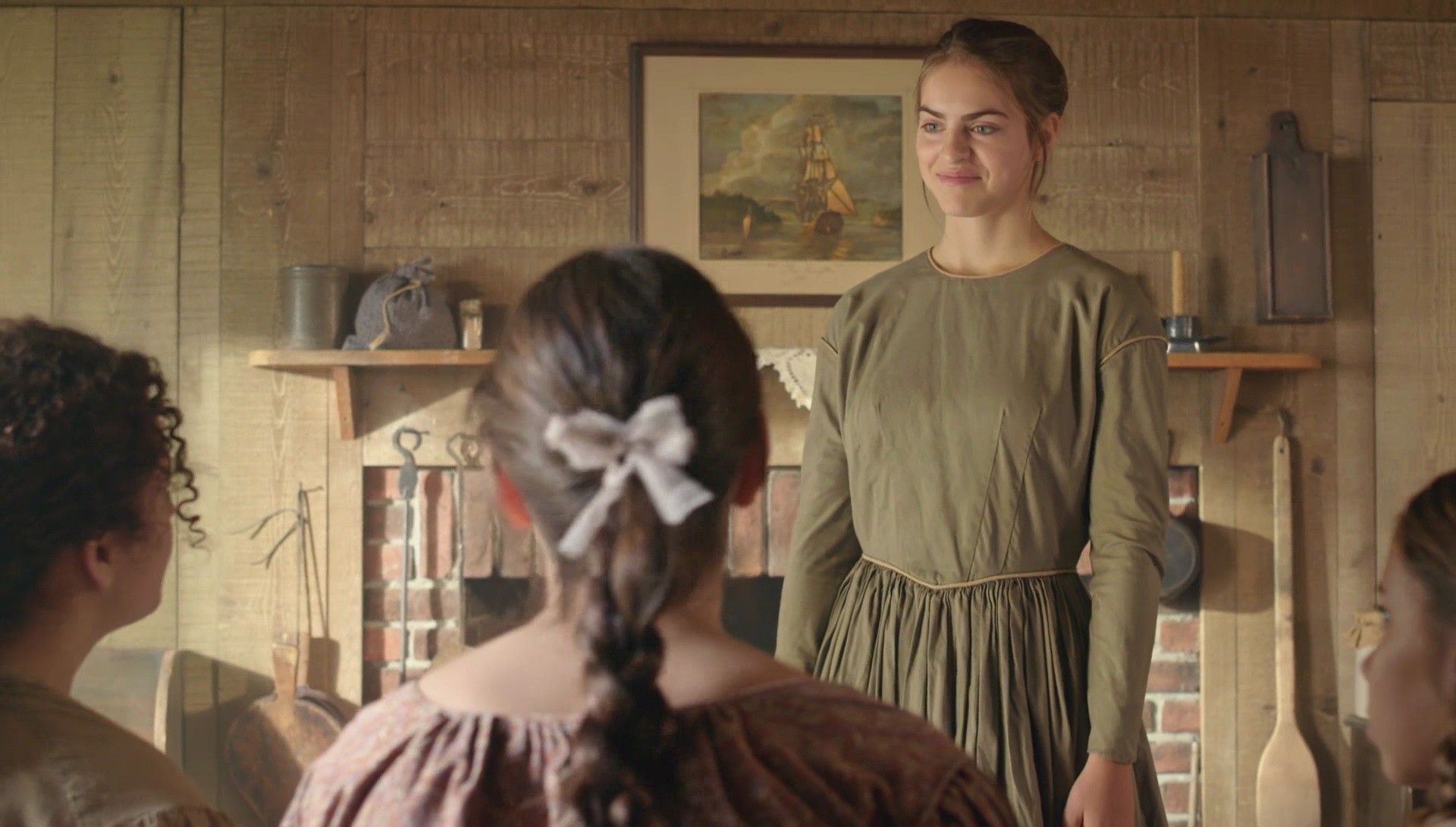
Transcript
[MUSIC PLAYING] On May 10, 1869, workers pounded a golden spike into the ground just north of the Great Salt Lake, making a journey that had taken pioneer companies months possible in days. As the railroad is approaching completion, the Saints have a great deal of ambivalence about it. It was kind of in some ways like we feel about the internet today, where we are excited about the technology and all of the opportunity that it opens up for learning and for connection with the world, but at the same time we recognize the potential of this so-called information highway to bring in all kinds of influences into our homes and into our lives. Suddenly, they were more aware of what was going on in the outside world. There were new clothes and new fashions and new ideas. And this was really worrisome to Brigham Young. So he called on Mary Isabella Horne to lead what he called the retrenchment movement, this movement to ground women in what really mattered, to stop worrying about the trends and fashions of the present time. Mary Isabella Horne organized other women into a new society dedicated to living more simply. As she counseled with Eliza R. Snow, Brigham Young, and others about how to advance the movement, they also decided to organize the young women. This is an important moment in history. And they needed the young women to be part of this movement. If you want a culture to change, you need to invite the youth. And the young women have a vital role in that part of changing culture. The young women of the retrenchment associations represent kind of the first native-born generation of Latter-day Saints. Their parents were the pioneers who joined the Church and crossed the plains. And by and large, these young women had been born into the Church and had grown up with the gospel as part of their lives. They had heard their parents' stories of conversion, of the pioneer experience. And they felt a great responsibility to carry on that legacy in their generation in building the Church. Not everyone understood why young women's associations were needed. But Church leaders worked to set them up in the various pioneer communities. The organization of these associations is as much a revelation as that of the Relief Societies. The one came through Joseph Smith, the other through Brigham Young. Eliza R. Snow. Young women who were called to lead had to do their best without previous examples to look to or training materials to guide them. I never will forget the feeling that came over me at the thought of such a responsibility. To be expected to teach the gospel, which I didn't understand myself, with no outlines to guide us and so far from headquarters. Henrietta Lunt, Cedar City. Well, the same thing happens with our young women. They are invited to be class presidents. Hands are laid on their head. They're set apart. Now what do you do? And the same process happens when we turn to the Lord. And that's why we're here, is to know how we can increase our spiritual capacity to receive revelation. I am in favor of book learning in the world, but it will not qualify you to become queens and priestesses in the courts above. That requires a spiritual culture and education. Eliza R. Snow. I think these young women were really excited to come together. They had seen their mothers organize in Relief Societies. And even though it might have been overwhelming for them to accept leadership responsibilities, they recognized that they could do it and that they had important voices. At the same time, the idea of retrenching in dress, of dress reform, was not always popular. And in some places it was difficult to even know what that meant. If you were living out in Cedar City or somewhere that the economy wasn't very developed, maybe you only had one dress. And so cutting back on your dress didn't really make sense to a lot of young women living in these more primitive conditions. By 1877, as the young women's organization continued to grow, the name was changed from the Young Ladies Retrenchment Association to the Mutual Improvement Association. The name change to Mutual Improvement actually registers a larger shift within the organization away from the idea of retrenchment, which could be seen as more negative--focuses on giving up, doing without, even deprivation, as some people saw it--towards improvement, which is an outward-looking, positive, expansive focus on self-improvement, on spiritual development, on cultural awareness in a way that was more appealing to the young people. In 1880, Elmina Shepard Taylor was called as the first General President of the Young Ladies Mutual Improvement Association. Since then, the young women's organization has been a major part of the organization of the Church. Many things have changed. The meetings have changed, the names, the programs. And they may continue to change. But what hasn't changed is who we are as daughters of our Heavenly Father. The more we can use young women and they see themselves as a vital part of the work of the Lord, that will strengthen them. And I think we'll find that we'll have less anxiety and concerns and frustration, because they will be so busy looking outward to help those people that are in distress. And they do it beautifully. [MUSIC PLAYING]